"The Most Innovative Companies of 2015" by Fast Company
by Fast Company
In this report on the World's Most Innovative Companies, there are plenty of examples to make you a believer. The Fast Company staff has spent many months gathering and analyzing data. To generate this list of the 50 Most Innovative Companies—and the accompanying top 10 companies in various sectors. Risk of failure and collapse are always high, but the culture of innovation across the globe is more robust than ever, Fast Company thinks that's worth celebrating.
What Constructive Disruption Can Do For Business
by Grant Garrison via magazine.good.is
“Innovation” feels both essential and meaningless right now. We all recognize the imperative to pursue it but how? Must we hire the innovation experts? At the ninth annual Business Innovation Factory, I had the privilege to join a remarkable set of storytellers in sharing our lives and work, surfacing in particular a few common traits for those of us in pursuit of innovation.
Constructive disruption - the act of productively challenging inherited wisdom or structure - supports innovation by opening up the space to replace what we have with what we might imagine. Myself and two fellow storytellers approached this quality from three very different vantage points.
See Full Article Via magazine.good.is
"Labels are for clothes & food, not people" Quotes
This #FridayThe13th 45 Years Ago Black Sabbath Invented Metal
Rock N' Roll
This #FridayThe13th 45 Years Ago
Black Sabbath Invented Metal
Black Sabbath Invented Metal
What's your favourite song in the album?
Black Sabbath is the eponymous debut studio album by English rock band Black Sabbath.
Released on Friday the 13th February 1970 in the United Kingdom and on 1 June 1970
in the United States, the album reached number eight on the UK Albums Chart and number 23 on the Billboard charts, where it remained for over a year. The album was a commercial success but was widely panned by some critics. Lester Bangs dismissed it in a Rolling Stone
review as "discordant jams with bass and guitar reeling like
velocitised speedfreaks all over each other's musical perimeters, yet
never quite finding synch". It sold in substantial numbers despite being panned, giving the band their first mainstream exposure.
Although it was poorly received by most contemporary music critics, Black Sabbath has since been credited with significantly influencing the development of heavy metal music. Black Sabbath are often cited as pioneers of heavy metal music. The band helped define the genre with releases such as Black Sabbath (1970), Paranoid (1970) and Master of Reality (1971).
Black Sabbath are an English rock band, formed in Birmingham in 1968, by guitarist and main songwriter Tony Iommi, bassist and main lyricist Geezer Butler, singer Ozzy Osbourne, and drummer Bill Ward.
The band have since experienced multiple line-up changes, with
guitarist Iommi being the only constant presence in the band through the
years. Originally formed in 1968 as a blues rock band, the group soon adopted the Black Sabbath moniker and began incorporating occult
themes with horror-inspired lyrics and tuned-down guitars. Despite an
association with these two themes, Black Sabbath also composed songs
dealing with social instability, political corruption, the dangers of
drug abuse and apocalyptic prophecies of the horrors of war.
Black Sabbath are often cited as pioneers of heavy metal music. The band helped define the genre with releases such as Black Sabbath (1970), Paranoid (1970) and Master of Reality (1971). They were ranked by MTV as the "Greatest Metal Band" of all time, and placed second in VH1's "100 Greatest Artists of Hard Rock" list. Rolling Stone
magazine ranked them number 85 in their "100 Greatest Artists of All
Time". They have sold over 70 million records worldwide. Black Sabbath
were inducted into the UK Music Hall of Fame in 2005 and the Rock and Roll Hall of Fame in 2006. They have also won two Grammy Awards for Best Metal Performance.

Black Sabbath
(The Album)
(The Album)
Genre
According to AllMusic's Steve Huey, Black Sabbath marks "the birth of heavy metal as we now know it". In his opinion, the album "transcends its clear roots in blues-rock and psychedelia to become something more". He ascribes its "sonic ugliness" as a reflection of "the bleak industrial nightmare" of the group's hometown, Birmingham, England. Huey notes the first side's allusions to themes characteristic of heavy metal, including evil, paganism, and the occult, "as filtered through horror films and the writings of J.R.R. Tolkien, H.P. Lovecraft, and Dennis Wheatley." He characterises side two as "given over to loose blues-rock jamming learned through" the English rock band Cream.
In the opinion of the author and former Metal Maniacs magazine editor Jeff Wagner, Black Sabbath is the "generally accepted starting point" when heavy metal "became distinct from rock and roll".
In his opinion, the album transfigured blues rock into "something
uglier, found deeper gravity via mournful singing and a sinister
rhythmic pulse". According to Rolling Stone magazine, "the album that arguably invented heavy metal was built on thunderous blues-rock".[9] Sputnikmusic's Mike Stagno notes that Black Sabbath's combined elements of rock, jazz and blues, with heavy distortion created one of the most influential albums in the history of heavy metal. In retrospect, Black Sabbath has been lauded as perhaps the first true heavy metal album. It has also been credited as the first record in the stoner rock and goth genres.
Taking a broader perspective, Pete Prown of Vintage Guitar Magazine
says, "The debut Black Sabbath album of 1970 was a watershed moment in
heavy rock, but it was part of a larger trend of artists, producers, and
engineers already moving towards the sound we now call hard rock and
heavy metal. The previous year had already seen authentic, metal-edged
music from Led Zeppelin ("Whole Lotta Love," "Heartbreaker") and the
Jeff Beck Group ("Plynth"), as well as the new trio Mountain,
which played a breakthrough performance at the Woodstock festival in
August, 1969. Sabbath's debut LP in the UK (Feb. 1970) was matched a few
weeks later by Mountain's Climbing album and its proto-metal hit, 'Mississippi Queen.'
So while Black Sabbath was a crucial band in heavy metal's arrival,
it's important to remember they were not alone. The year 1970 further
saw pivotal early metal releases from Deep Purple and Uriah Heep, as
well as Sabbath's own Paranoid album that fall. Even the track 'Immigrant Song' from Led Zeppelin III can be reasonably categorized as metal."
Music and lyrics
Black Sabbath 's music and lyrics were quite dark for the time. The opening track is based almost entirely on a tritone interval played at slow tempo on the electric guitar. In the 2010 Classic Albums documentary on the making of the band's second album Paranoid, Geezer Butler claims the riff was inspired by "Mars, the Bringer of War," a movement in Gustav Holst's The Planets. Iommi reinterpreted the riff slightly and redefined the band's direction. Ward told Classic Albums, "When Oz sang 'What is this that stands before me?' it became completely different...this was a different lyric now, this was a different feel. I was playing drums to the words." The song's lyrics concern a "figure in black" which bassist Geezer Butler claims to have seen after waking up from a nightmare. In the liner notes to the band's 1998 live album Reunion the bassist remembers:I'd been raised a Catholic so I totally believed in the Devil. There was a weekly magazine called Man, Myth and Magic that I started reading which was all about Satan and stuff. That and books by Aleister Crowley and Denis Wheatley, especially The Devil Rides Out...I'd moved into this flat I'd painted black with inverted crosses everywhere. Ozzy gave me this 16th Century book about magic that he'd stolen from somewhere. I put it in the airing cupboard because I wasn't sure about it. Later that night I woke up and saw this black shadow at the end of the bed. It was a horrible presence that frightened the life out of me! I ran to the airing cupboard to throw the book out, but the book had disappeared. After that I gave up all that stuff. It scared me shitless.
Similarly, the lyrics of the song "N.I.B." are written from the point of view of Lucifer,
who falls in love with a human woman and "becomes a better person"
according to lyricist Butler. Contrary to popular belief, the name of
that song is not an abbreviation for "Nativity in Black"; according to Osbourne's autobiography it is merely a reference to drummer Bill Ward's pointed goatee at the time, which was shaped as a pen-nib.
The lyrics of two other songs on the album were written about stories
with mythological themes. "Behind the Wall of Sleep" is a reference to
the H. P. Lovecraft short story Beyond the Wall of Sleep, while "The Wizard" was inspired by the character of Gandalf from The Hobbit and The Lord of the Rings. The latter includes harmonica performed by Osbourne.
The band also recorded a cover of "Evil Woman", a song that had been an
American hit for the band Crow. In his autobiography, Iommi admits the
band reluctantly agreed to do the song at the behest of their manager
Jim Simpson, who insisted they record something commercial.
Artwork
The Black Sabbath album cover features a depiction of Mapledurham Watermill, situated on the River Thames in Oxfordshire, England. Standing in front of the watermill is a figure dressed in black. The name of the woman pictured on the front cover is forgotten, though
guitarist Iommi says that she once showed up backstage at a Black
Sabbath show and introduced herself.[2]
According to feelnumb.com, which featured an article on the album
cover, 'Not much is known about the eerie woman used in the photo other
then she was a model/actress hired for the day and her name was Louise.'
The inner gatefold sleeve of the original release was designed by Keith McMillan (credited as Marcus Keef) and featured an inverted cross with a poem written inside of it.[20] Allegedly, the band were upset when they discovered this,[3] as it fuelled allegations that they were Satanists or Occultists;[2] however, in Osbourne's memoir, he says that to the best of his knowledge nobody was upset with the inclusion.[21] "Suddenly we had all these crazy people turning up at shows," Iommi remembered in Mojo
in 2013. "I think Alex Sanders (high priest of the Wiccan religion)
turned up at a gig once. It was all quite strange, really." The album
was not packaged with a gatefold cover in the US. In the liner notes to Reunion, Phil Alexander states, "Unbeknownst to the band, Black Sabbath was launched in the US with a party with the head of the Church of Satan, Anton Lavey, presiding over the proceedings...All of a sudden Sabbath were Satan's Right Hand Men."
Legacy
In 1989, Kerrang! ranked Black Sabbath number 31 on their "100 Greatest Heavy Metal Albums of All Time". In 1994, it was ranked number 12 in Colin Larkin's Top 50 Heavy Metal Albums. Larkin praised the album's "crushing atmosphere of doom," which he described as "intense and relentless." In 2000, Q magazine included Black Sabbath
in their list of the "Best Metal Albums of All Time", stating: "[This
album] was to prove so influential it remains a template for metal bands
three decades on." In 2005, it was ranked number 238 on Rolling Stone magazine's list of The 500 Greatest Albums of All Time; it was ranked number 243 in a revised edition of the list in 2012. Rolling Stone ranked Black Sabbath
number 44 in their list of the 100 Best Debut Albums of All Time,
describing the title track as the song that "would define the sound of a
thousand bands."
Track listing
All songs credited to Tony Iommi, Geezer Butler, Bill Ward and Ozzy Osbourne, except where noted.European edition
| Side one | ||||||||||
|---|---|---|---|---|---|---|---|---|---|---|
| No. | Title | Length | ||||||||
| 1. | "Black Sabbath" | 6:20 | ||||||||
| 2. | "The Wizard" | 4:24 | ||||||||
| 3. | "Behind the Wall of Sleep" | 3:37 | ||||||||
| 4. | "N.I.B." | 6:08 | ||||||||
| Side two | ||||||||||
|---|---|---|---|---|---|---|---|---|---|---|
| No. | Title | Writer(s) | Length | |||||||
| 5. | "Evil Woman" (Crow cover) | Larry Weigand, Dick Weigand, David Wagner | 3:25 | |||||||
| 6. | "Sleeping Village" | 3:46 | ||||||||
| 7. | "Warning" (The Aynsley Dunbar Retaliation cover) | Aynsley Dunbar, Alex Dmochowski, Victor Hickling, John Moorshead | 10:28 | |||||||
PersonnelBlack Sabbath
Production
|
|---|
Subscribe to:
Posts
(
Atom
)


















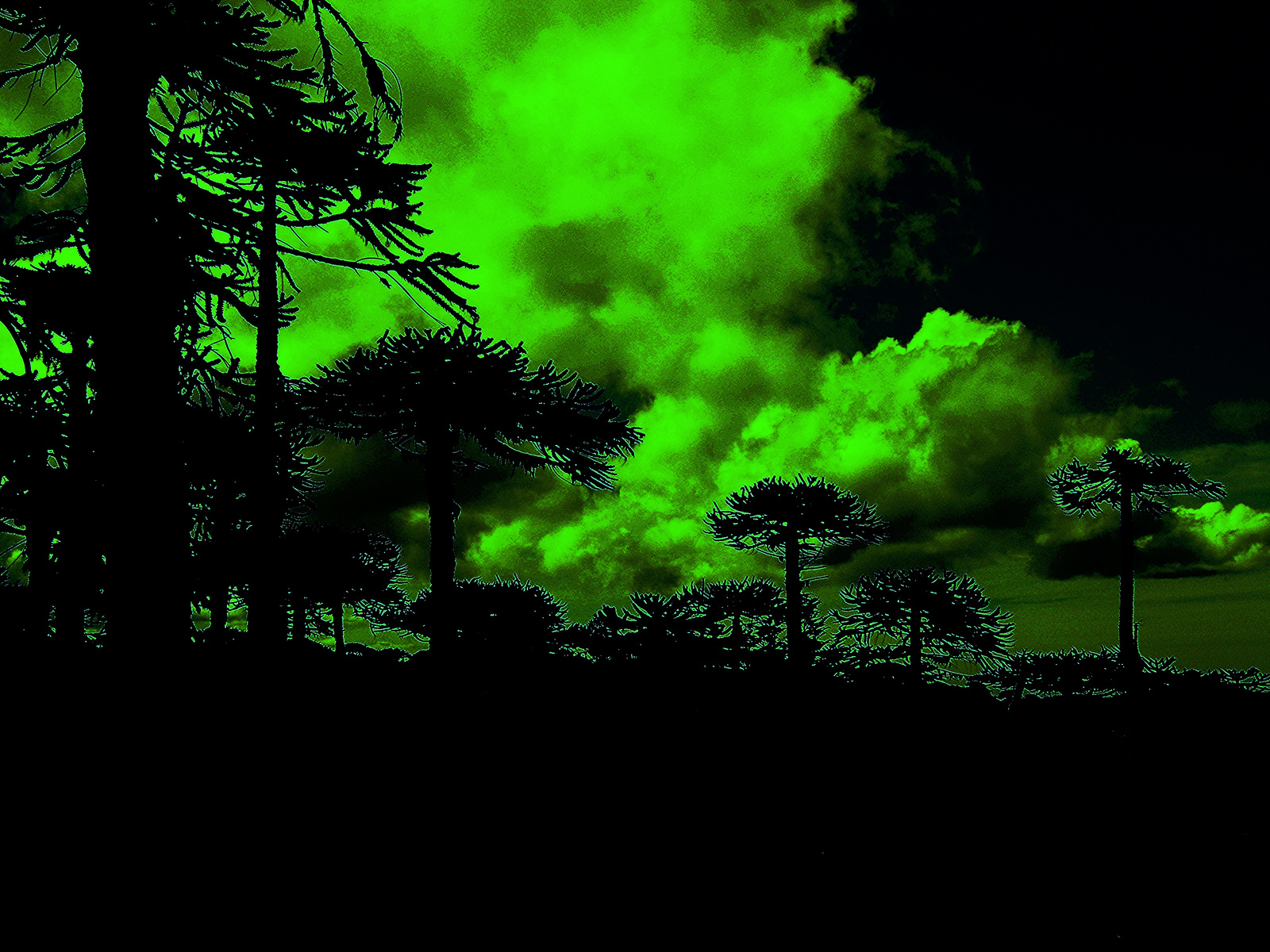

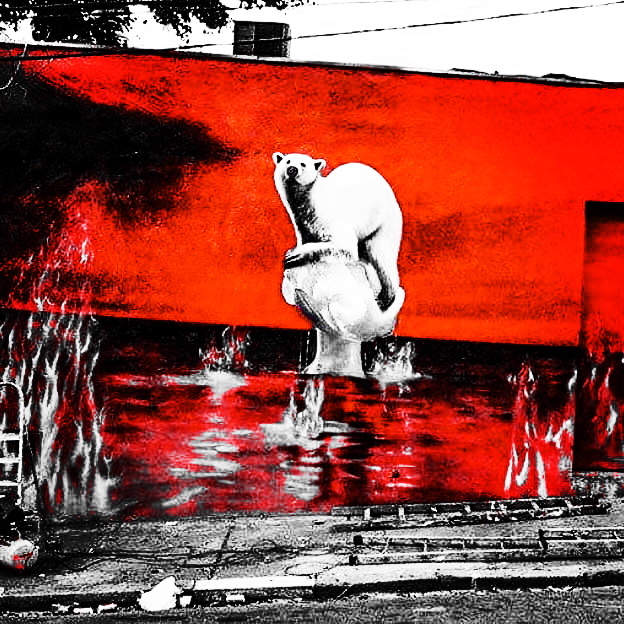
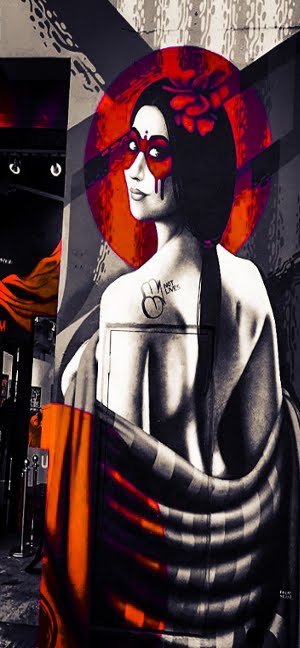

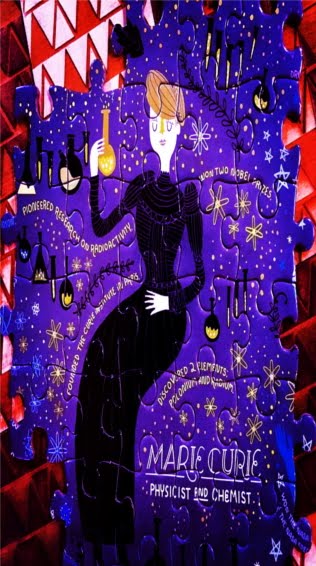




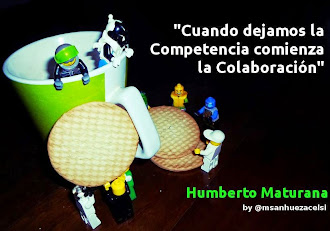


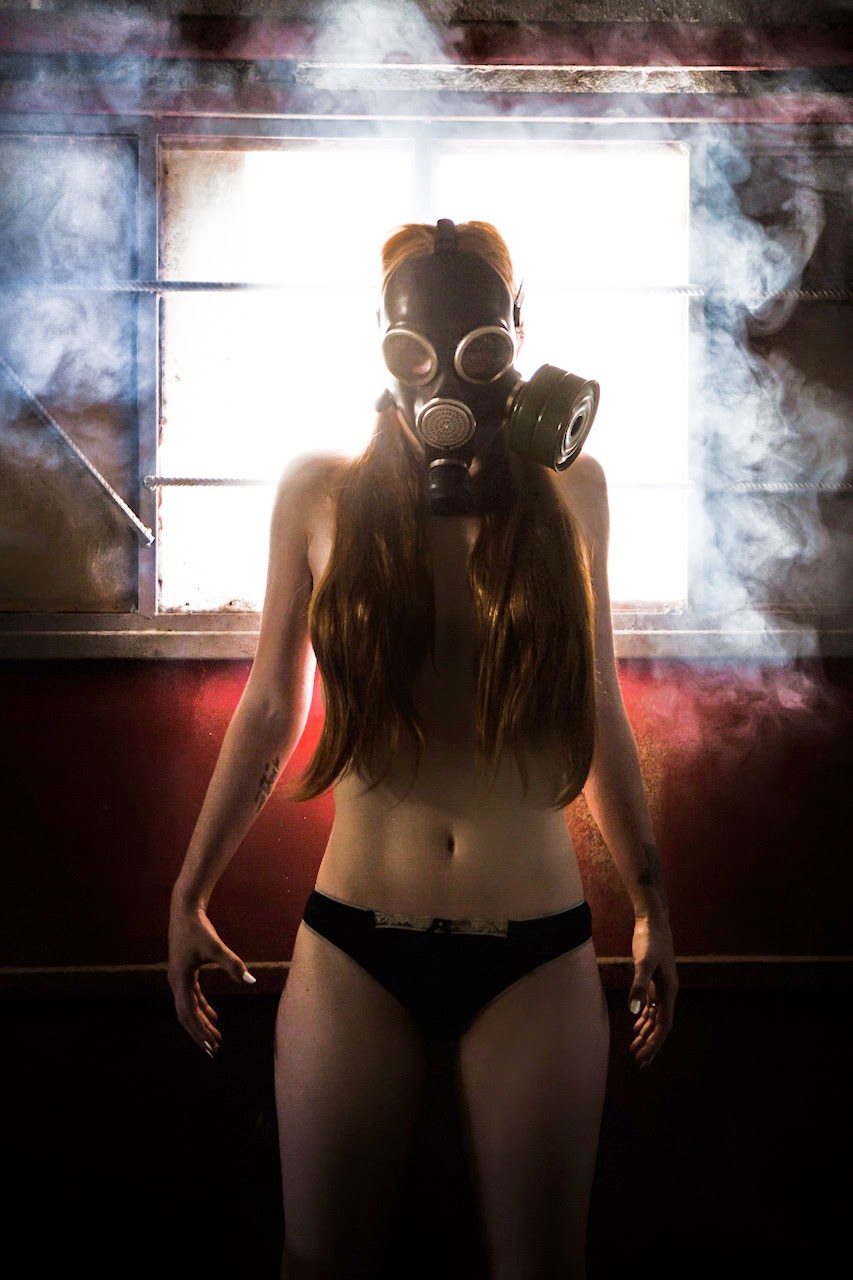













0 comentarios :